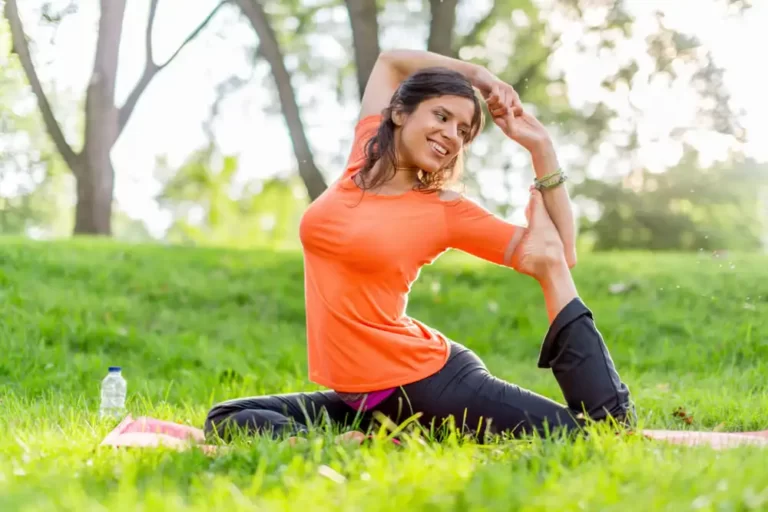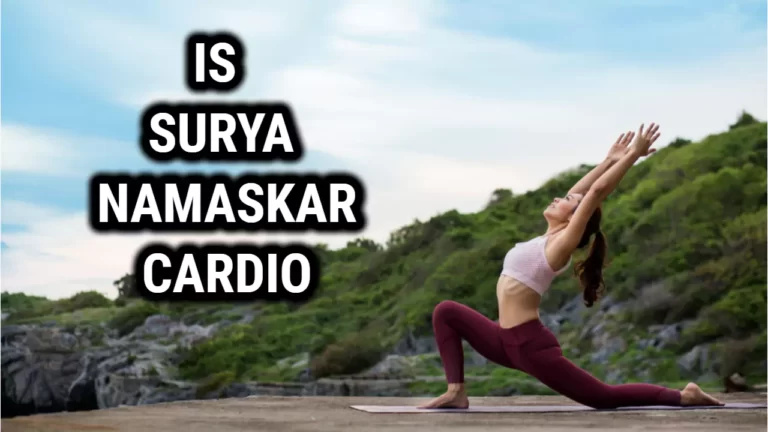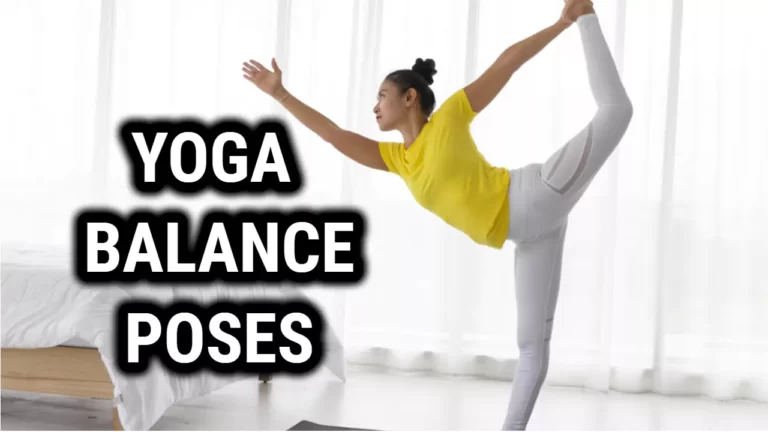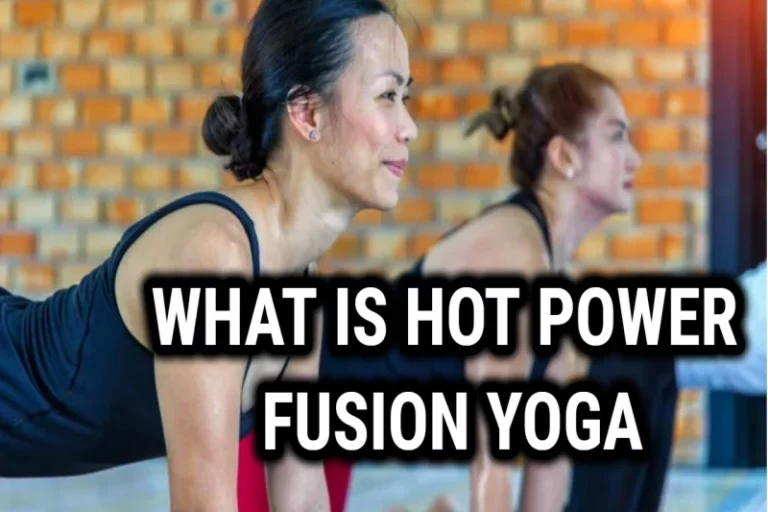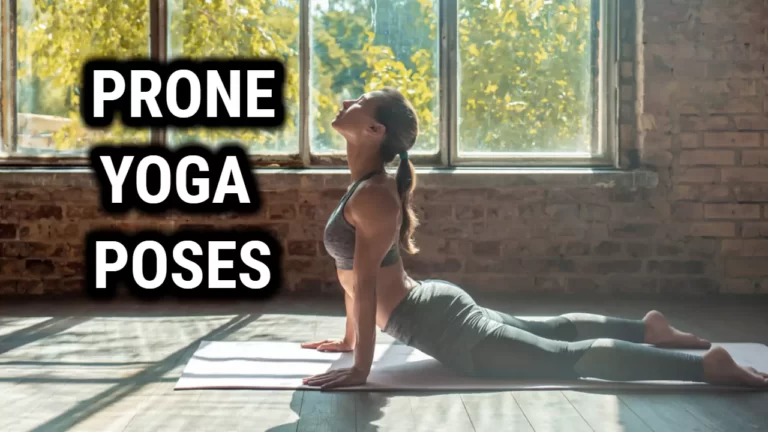What is Yoga Mudrasana – Benefits of Practicing Yoga Mudrasana
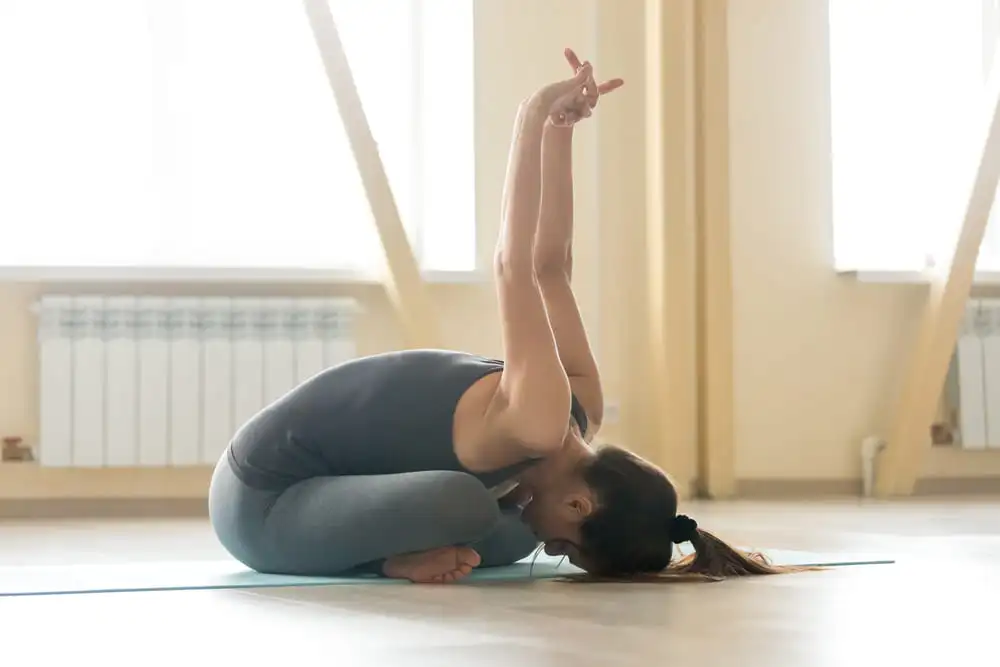
Have you ever heard of Yoga Mudrasana? If not, you’re certainly not alone. This ancient practice has been around for centuries, but it’s only recently becoming more popular in the West. In this article we’ll explore what exactly Yoga Mudrasana is and how to perform it safely and effectively.
The word “mudra” comes from Sanskrit and literally translates to “seal.” Mudras are symbolic hand gestures that are believed to have the ability to influence our spiritual, emotional, mental and physical states. Yoga mudrasana combines mudras with traditional yoga poses, creating a powerful combination of both physical and spiritual elements.
Yoga mudrasana is also called psychic union pose (it can stimulate psychic energies) it is an intense practice full of potential benefits for those who take the time to learn it properly. Not only does it help improve strength, balance and flexibility; it can also provide relief from stress, tension and anxiety.
We invite you to join us on an exploration of yoga mudrasana – its history, its benefits and its practical applications – so that you can decide if this ancient practice is right for you!
Benefits Of Practicing Yoga Mudrasana

1. Improves Digestion: Mudrasana helps in improving digestion by stimulating the digestive organs such as the stomach, intestines, pancreas, and liver. This in turn helps to reduce symptoms of indigestion, constipation, and acid reflux.
2. Promotes Blood Circulation: This yoga pose promotes blood circulation throughout the body and helps to improve the functioning of the heart.
3. Strengthens Spine: Mudrasana helps to strengthen the spine by stretching and toning the muscles of the back. This helps to reduce the risk of back pain and injury.
4. Improves Posture: Practicing this pose regularly helps to improve your posture by strengthening the core muscles, which helps to correct any postural imbalances.
5. Relaxes Mind and Body: Mudrasana helps to relax the mind and body by releasing tension from the neck and shoulder muscles. This helps to reduce stress and anxiety.
Some more benefits
• Increased flexibility
• Helps with anxiety and depression
• Strengthens the core muscles
• Alleviates discomfort in the back and joints
• Can be done anywhere and anytime
• Provides quick energy boost or relaxation
Steps To Perform The Pose
Benefits of practicing Yoga Mudrasana are numerous. Now that you know about the advantages, here is a look at how to perform this pose.
- 1. Begin by sitting on the floor with your legs folded and your hands behind the back.
- 2. Slowly bend forward from your hips, bringing your head toward your knees.
- 3. Place your hands on the ground with palms facing up.
- 4. Draw both knees into your chest and clasp them together with both hands.
- 5. Hold this position for as long as it is comfortable.
- 6. Slowly release the pose by returning to a seated position and releasing the grip of your hands behind you.
Sanskrit Meaning Of The Pose

Yoga mudrasana, also known as the yoga seal, is an ancient technique used to foster a sense of psychic union and oneness. It is a powerful posture that encourages balance and harmony by helping the practitioner to become centered. This pose works to enhance the connection to the divine energies within and around us.
The Sanskrit meaning of this posture is ‘union’ – symbolizing unity with the Universe. It helps us to open our heart and mind, allowing us to receive all that life has to offer. Practicing yoga mudrasana regularly can help harmonize our body, mind, and spirit while providing grounding energy.
As we move into deeper states of relaxation, we become more mindful and aware of ourselves in relation to the world around us. This furthers our ability to connect deeply with life. Moving seamlessly…
Common Sequences For Yoga Practice
Yoga sequences are important for any practice, and yoga mudrasana is no exception. It is a great way to challenge and strengthen the body, as well as improve flexibility and balance.
Here are some of the most common sequences for yoga mudrasana:
- Utkatasana: This pose involves standing with the feet together and bending at the knees, bringing the hips back, and arms up in the air.
- Upavistha Konasana: This pose requires sitting on the floor with both legs extended out straight while leaning forward to touch one’s toes.
- Urdhva Mukha Svansana: This pose requires lying down on one’s stomach while extending one’s arms up above their head.
- Setu Bandha Sarvangasana: Also known as bridge pose, this pose requires laying on one’s back while pressing their feet firmly into the ground and raising their hips into the air.
When practicing yoga sequences, it is important to have a qualified teacher present to ensure proper alignment of poses. A good teacher will be able to assess each student’s individual needs and offer adjustments if needed.
To find a qualified instructor for your yoga practice, you should talk with friends who practice or search online for certified instructors in your area.
Finding A Qualified Instructor
Once you’ve gotten comfortable with the common sequences of yoga practice, it’s time to take your practice to the next level. One way to do this is by learning yoga mudrasana, or lotus pose. This pose requires a great deal of flexibility and strength, so it’s important to find a qualified instructor who can help you get into the proper alignment and perform the pose safely.
When looking for a qualified instructor, look for someone who has extensive knowledge of yoga anatomy and physiology, as well as experience teaching this pose specifically. They should have an understanding of your individual needs and goals in order to give you appropriate guidance.
You may also want to ask about their certification or training background, as this is good indication of their expertise. Additionally, it’s important to feel comfortable with your instructor so that you can trust them with your safety and progress.
With the right guidance from a qualified instructor, you can advance your practice and learn how to perform yoga mudrasana successfully.
Variations For Advanced Practitioners
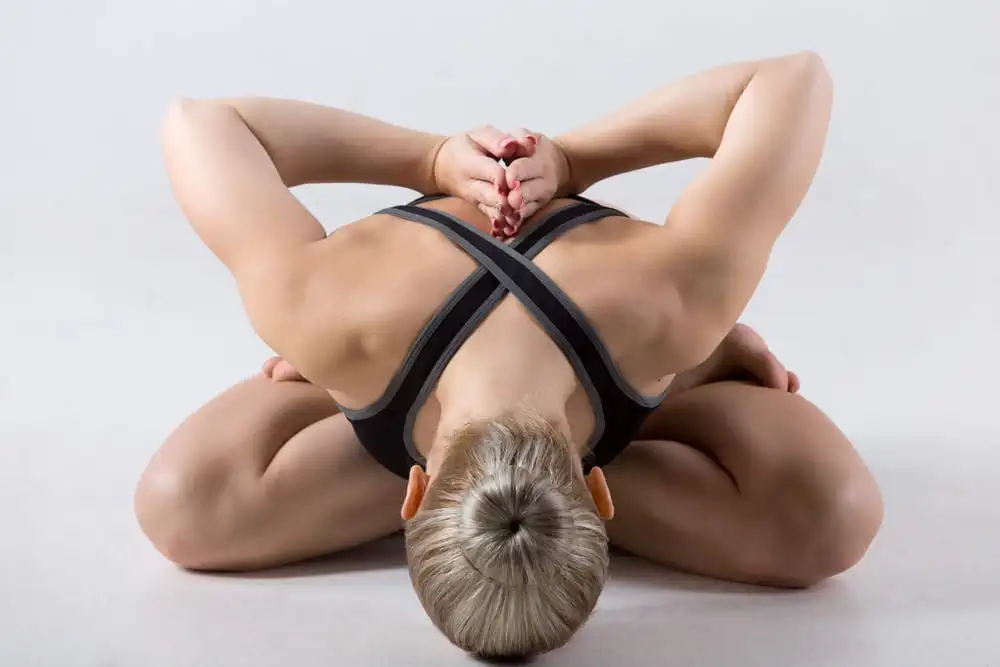
Yoga mudrasana is a popular pose that has been practiced for thousands of years. It can be adapted for advanced practitioners who want to challenge themselves further. In fact, according to a recent survey, approximately 25% of yoga practitioners are considered ‘advanced’.
Here are some variations for advanced practitioners:
- Staff Pose: This variation requires the practitioner to hold the staff pose (dandasana) while in mudrasana. The benefits include improved balance and increased focus.
- Modifications: To make the pose easier, use props such as blocks or bolsters to help maintain balance.
- Variations: For more of a challenge, try bringing your legs together in bound lotus position (baddha padmasana).
- Bound Lotus Pose: This variation allows you to deepen the hip opening by engaging the muscles around your spine. It also helps improve concentration and mental clarity.
- Modifications: If you’re new to this variation, start with half lotus position (ardha padmasana).
- Variations: For an even greater challenge, lift your feet up off the ground and hold them with your hands.
By deepening their practice with these variations, advanced practitioners can reap even more rewards from yoga mudrasana. With a steady breath and focused mind, they can move deeper into meditating while in this pose.
Meditating While In The Pose
Yoga mudrasana is a powerful seated forward bending pose that can promote a deep state of meditation. To practice, sit comfortably with your legs crossed and back straight, close your eyes and take a few deep breaths.
Focus on one thought or mantra and stay in the pose for as long as comfortable. Afterwards, take time to reflect and acknowledge any thoughts or feelings that came up during the practice. Enjoy the powerful benefits of yogic meditation in this pose you can also focus on exhaling and inhaling your breath in this yoga mudra.
Also Read: Restorative Yoga Poses for Relaxation and Stress Relief
Modifications For Beginners
Yoga Mudrasana is like the key that unlocks a doorway to a world of flexibility and relaxation. It can be intimidating for beginners, especially if they have lower back pain or tightness in their back. To make the process easier,
Here are some modifications for beginners to keep in mind:
- Start by lying on your stomach with your legs extended and your arms resting beside you
- Place a pillow or blanket under your hips and chest to support your body
- Lift one arm off the floor and reach it across your body towards the opposite side
- Relax into the position and hold for 5-10 seconds before switching sides
These simple modifications will help bring awareness to any areas of tightness in the back, while also allowing you to increase flexibility without risking strain or injury. With patience and practice, yoga mudrasana can become an invaluable part of anyone’s exercise routine.
Frequently Asked Questions
What Other Poses Can Be Used In Combination With Yoga Mudrasana?
Combining poses with Yoga Mudrasana can help enhance the practice.
- The Cow Face Pose stretches the hips and legs;
- Half Moon Pose stretches the hamstrings and arms, improves balance and coordination, and builds strength;
- Seated Forward Bending Yoga Fold releases back muscles and opens the hips;
- Warrior III strengthens the core and increases balance and stability.
All of these poses maximize the benefits of Yoga Mudrasana.
How Long Should I Hold The Pose For?
Yoga Mudrasana can help improve balance, flexibility and core strength. Generally, one should hold each pose for 30 seconds to 3 minutes and listen to their body for any discomfort or pain. Benefits include improved posture, strength and breathing, aiding physical and mental wellbeing. Give it a try!
Are There Any Health Risks Associated With This Pose?
Yoga mudrasana is a challenging pose that should only be attempted by experienced yogis. It is important to note that incorrect performance can cause back and neck strain and an imbalance in the spine’s alignment.
Those with respiratory diseases or heart conditions should avoid the posture altogether. Before practicing, it is essential to consult with a healthcare professional and to be supervised by an experienced yoga teacher.
What Breathing Techniques Should I Use While Doing This Pose?
Here are some tips for breathing during yoga mudrasana:
- Focus on taking slow, deep breaths from your diaphragm
- Never force your breath in any direction
- Keep your inhalations and exhalations even, and equal in length
- Synchronize your breath with the movements of the pose
Performing this pose correctly requires concentration and patience. As you move through the asana, pay attention to how your body moves with each breath.
Notice where you feel tension or tightness during the pose, then relax and take a few deep breaths to help reduce that feeling. Incorporating conscious breathing into yoga mudrasana can help to strengthen the connection between mind and body while enhancing your overall experience of the pose.
Related Read: What is Forrest Yoga: Explore the Healing Power of Forrest Yoga
Conclusion
Yoga Mudrasana is a powerful pose that can be used to increase flexibility, reduce stress and improve posture. It’s important to practice the pose with caution and proper form in order to avoid any potential health risks.
As you become more comfortable with this pose, you can add other poses into your routine that work in combination with Yoga Mudrasana.
To maximize the benefits, I suggest holding the pose for at least 30 seconds and using breathing techniques such as Ujjayi or Anuloma Viloma. Nevertheless, Yoga Mudrasana is an excellent way to reap the physical and mental benefits of yoga. With dedication and consistency, anyone can master this powerful asana!
